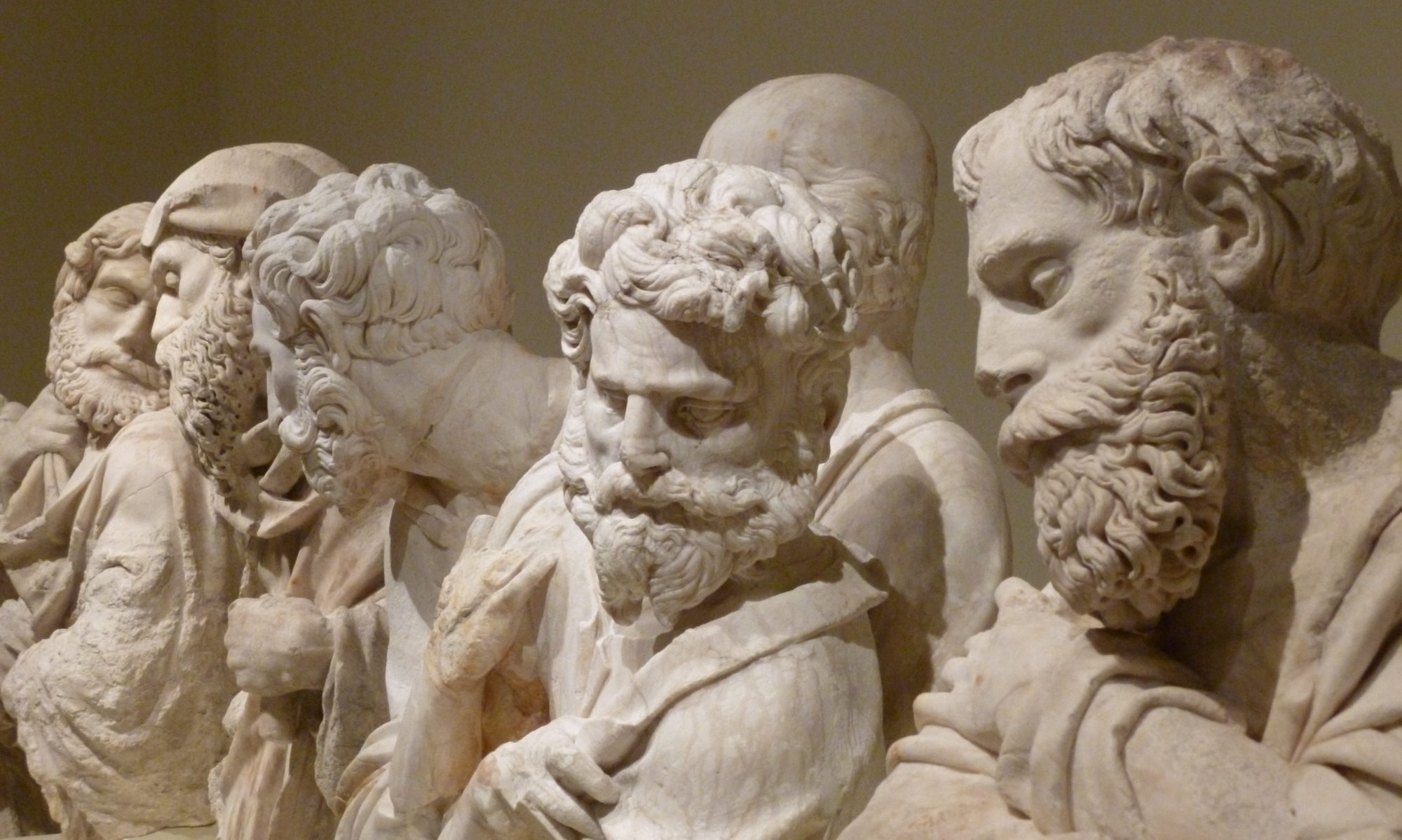You know this story. I sat with a colleague for awhile. I stopped at a church to pray, though the pastor had to intervene and let me in, as the secretary had locked all the doors in fear. It was several hours later by the time I came down off of the Queensboro Bridge.There were F-16s in the air above us, a burnt electric smell in the air. There were men with those little grocery carts every apartment dweller in the city must have. They were Pakistani small business owners, and they were giving away the bottled water from their bodegas. Little did they know that they would soon be the targets of hate crimes by some of the very people they were assisting, as would Sikhs, a completely unrelated religious minority.
But mostly, the country came together. Like Pearl Harbor, the tragedy of 9/11 produced, for a period of a year or so, a truly United States. Then, as often happens, we lost our better selves, fell subject to bickering, division, selfishness. By the time we invaded Iraq based on fake news and trumped up claims of weapons of mass destruction, the country was as divided as ever. The ripples of discontent were even felt here in this congregation. It was not so different after the Second World War, if we are honest with ourselves, for soon after Johnny came marching home, American turned on American, neighbor on neighbor, McCarthyism and the Black Lists, the hounds unleashed in Selma. Continue reading “Submission: May 7, 2017”
